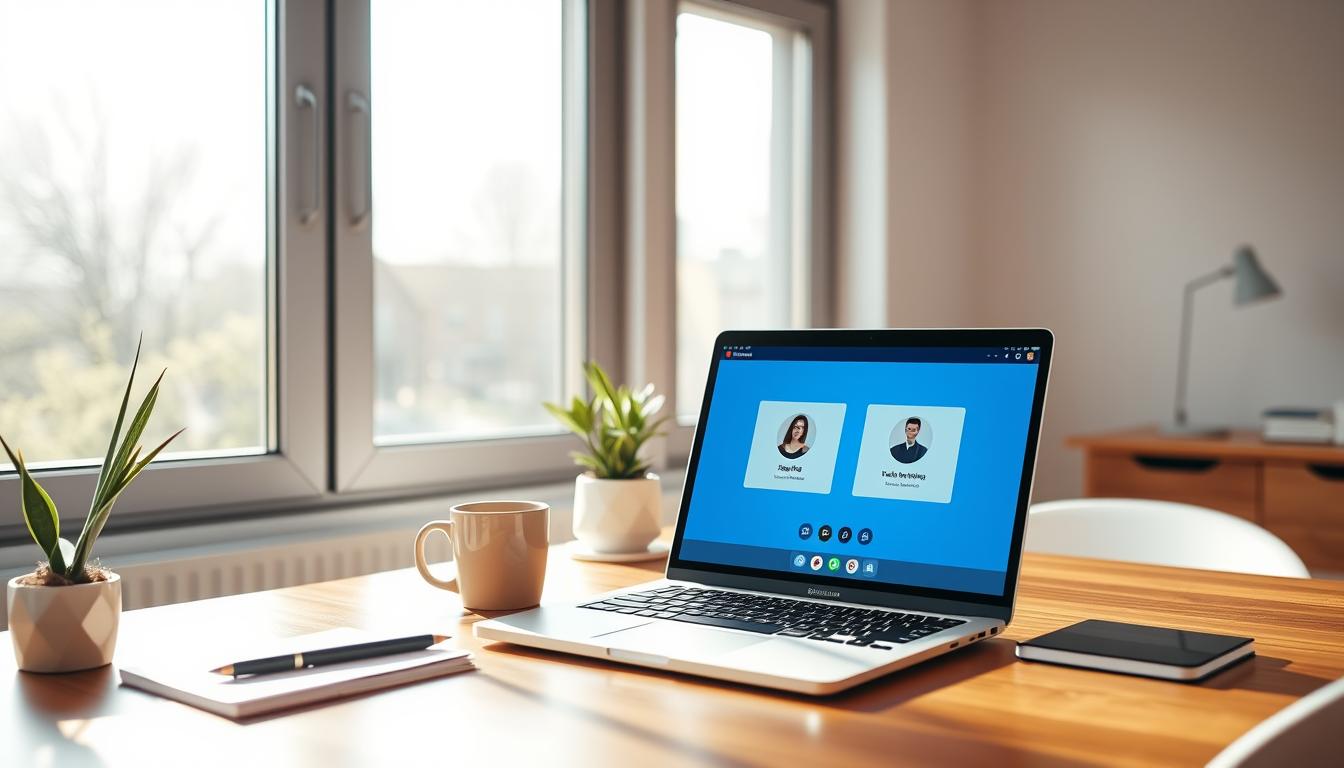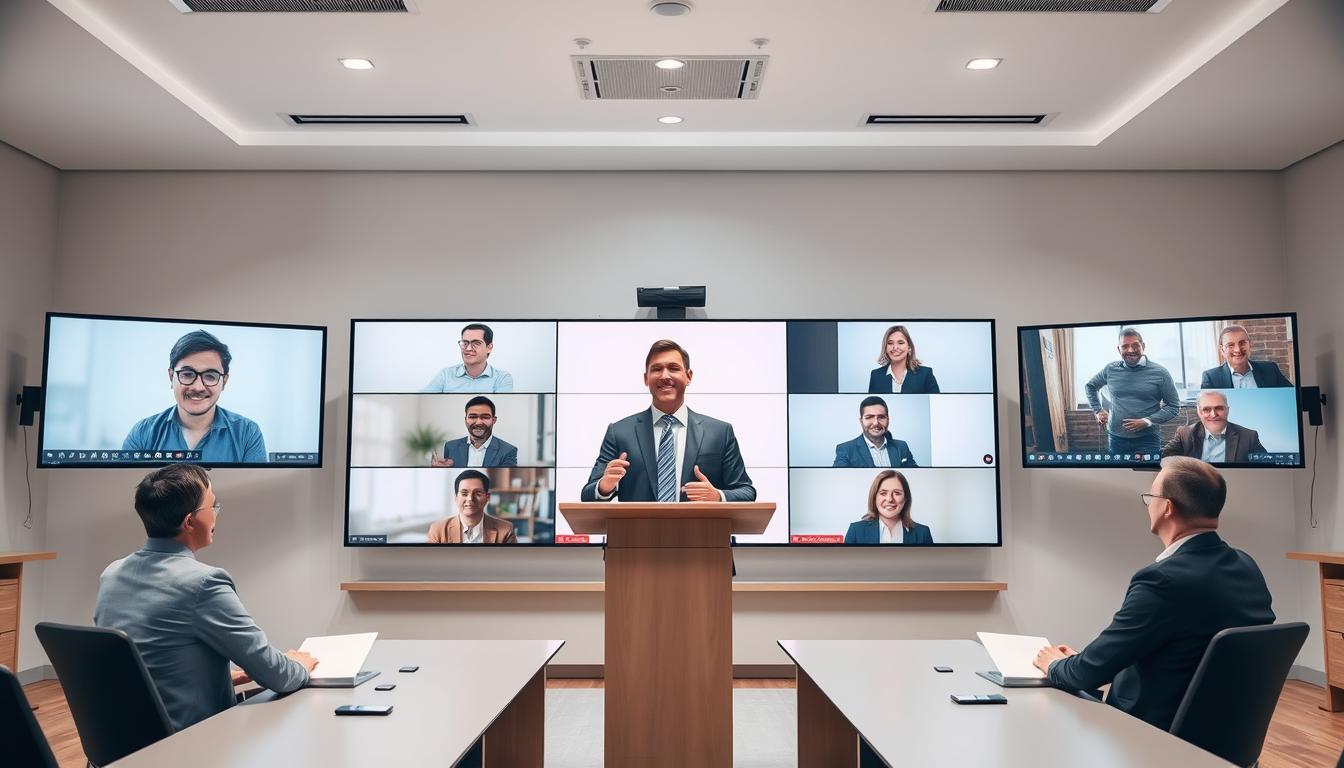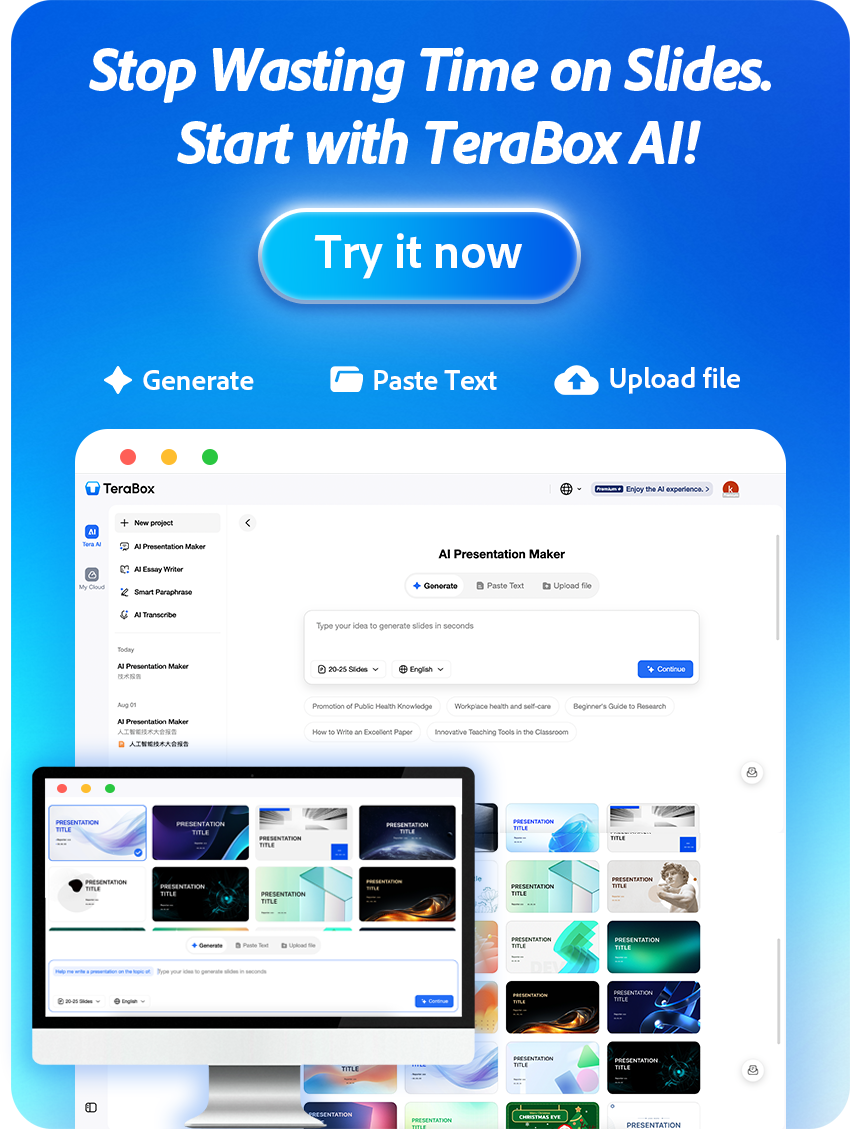As remote and hybrid work becomes the norm, virtual meetings are now one of the primary ways teams communicate — and the way you behave online shapes professional impressions and team productivity. Mastering virtual meeting etiquette helps you show up professionally, keep meetings efficient, and reduce wasted time from follow-ups or miscommunication.
Use this practical guide for actionable virtual meeting tips and meeting etiquette best practices that apply whether you’re in a home office or a shared workspace. Read on for a quick pre-meeting checklist, in-meeting rules, and hosting guidance — or jump to the downloadable one-page etiquette cheat-sheet to make sure every meeting runs smoothly.
Virtual meetings have surged as remote and hybrid work models expand, becoming a primary way people collaborate across locations and time zones. As more teams rely on video and conference software for day-to-day work, clear expectations about behavior — in other words, virtual meeting etiquette — are essential to preserve professionalism and keep meetings productive.
Good etiquette directly affects outcomes: disciplined starts and respectful turn-taking save time, reduce follow-up emails, and help teams make clearer decisions. This guide explains the core principles you need to communicate effectively, maintain engagement, and create a consistent, professional meeting experience for everyone.
Watch the short example video linked in the original article for a quick primer on setup and camera framing, then move on to the Preparation checklist to make sure your devices, background, and agenda are ready before the call.
What Is Virtual Meeting Etiquette and Why It Matters
Virtual meeting etiquette is the set of expected behaviors and technical preparations that keep remote communication professional, efficient, and respectful. In practice, it covers everything from how you join a call to how you contribute so meetings run smoothly and teams can collaborate effectively.

Why it matters:
- Smooth communication — clear turn-taking, concise updates, and good audio/video quality reduce misunderstandings.
- Respectful collaboration — predictable behavior (muting when not speaking, using chat appropriately) keeps focus on the agenda and respects participants’ time.
- Efficient decision-making — prepared participants with relevant materials and clear objectives lead to faster, actionable outcomes.
Example: a poorly run meeting has no agenda, frequent technical interruptions, and unclear next steps — a well-run meeting starts on time, follows a short agenda, and ends with assigned action items. Download the agenda template and checklist to make sure your next meeting follows these principles.
Preparation Before a Virtual Meeting
Effective virtual meeting preparation ensures a smooth, professional interaction. By taking a few key steps before the session, you can significantly improve the overall experience. Here are four essentials to focus on before setting up virtual meetings:
1) Test devices: Camera, Microphone, and Internet Connection
Make sure to test all technical equipment before the call. Open your meeting software, confirm the camera image is clear and positioned at eye level, check the microphone input and volume, and run a quick internet speed test (e.g., speedtest.net) to verify upload/download stability. Quick checks: restart the app if needed, confirm the correct camera/mic are selected, and close bandwidth-heavy apps to improve quality.
2)Choose a Clean, Professional Background and Proper Lighting
Pick a quiet, clutter-free room or corner for calls. Position a light source in front of you so your face is well-lit and avoid backlighting that creates silhouettes. Use a neutral background or subtle virtual background when appropriate — avoid distracting or branded images that can divert attention from the meeting.
3) Prepare an Agenda and Meeting Materials
Draft and share a concise agenda in advance to keep the meeting focused. Attach or link any documents, slide decks, or data participants will need and have them ready to share via screen. As the host, consider short time allocations per topic and a plan for how to present materials (screen share sequence, who controls slides) to run the meeting smoothly.
4)Dress Appropriately Even for Remote Sessions
Dress to match the meeting’s formality — business casual is usually safe for internal team meetings. Even in a home office, a professional appearance supports credibility and shows respect for attendees. Quick tip: check your camera view before joining to ensure clothing and background present well on video.

During the Meeting: General Etiquette
Ensuring proper conduct during virtual meetings is essential to maintain professionalism and productivity. The following guidelines will help you navigate general etiquette and foster an engaging, effective online meeting environment.
1)Manage microphone: mute when not speaking, avoid background noise
DO: Mute your microphone when you are not speaking and check your audio before joining. Hover over the mic icon to confirm mute state, and use push-to-talk or keyboard shortcuts if your software supports them. DON’T: Leave your mic on near children, pets, or background conversations. Example: if you need to cough, mute first, then unmute to speak.
2)Camera rules: maintain eye contact, posture, and facial expressions
DO: Position your camera at eye level, sit upright, and look at the camera to simulate eye contact. Keep facial expressions engaged and nod or smile to show attention. DON’T: Slouch, look away at your phone, or appear distracted on video. Example: briefly glance at notes, but bring your gaze back to the camera when speaking.

3)Use chat and reaction features appropriately
DO: Use chat to share links, quick clarifications, or questions without interrupting the speaker. Use reaction icons (thumbs up, raise hand) for nonverbal feedback. DON’T: Flood the chat with off-topic messages or use reactions as a substitute for substantive responses. Example: if you have a question, type it in chat and use the raise-hand feature rather than talking over someone.
4)Avoid multitasking or distractions
DO: Close unrelated tabs or apps, silence notifications, and keep your keyboard use to note-taking. Consider enabling live captions or transcripts for accessibility and focus support. DON’T: Eat on camera, browse social media, or handle other calls during the meeting. Example: if you must step away, turn off video and announce your brief absence in chat.
Speaking Etiquette: Communicating Clearly Online
Mastering speaking etiquette in virtual meetings is essential for clear collaboration and efficient decision-making. Prioritize strong virtual communication skills and simple online speaking practices so your points land and the meeting stays on track.
1)Take turns politely and avoid interrupting
Respectful turn-taking keeps conversations orderly. Use the raise-hand feature or say a short cue like, “Can I add a quick point?” before speaking. Example script: “Briefly — two quick points,” which signals intent without cutting someone off.
2)Speak concisely and stay on topic
Be intentional: state your main point in one sentence, then offer a brief supporting detail. Aim for clarity — avoid long monologues. Tip: limit each update to 30–60 seconds or follow a preset time allocation on the agenda.
3)Use gestures or visual aids for clarity
Support spoken points with simple visuals like a slide with a clear headline and 3–5 bullets or a shared screen showing the relevant data. Use natural gestures on camera to emphasize key ideas, but avoid over-gesturing which can distract the speaker.
4)Respond respectfully to questions and comments
Acknowledge questions before answering (e.g., “Thanks, Jamie — to answer that…”). If someone asks in chat, confirm you saw it (“I see the question in chat — my response: …”). Keep responses polite, concise, and action-oriented to move the conversation forward.
Hosting Etiquette: How to Run a Professional Virtual Meeting
Mastering virtual meeting leadership is essential for running efficient, results-oriented meetings. Good hosting combines clear organization, attention to time, and confident technical control so your team stays focused and leaves with actionable next steps.
1)Assign roles: host, note-taker, participants
Before the call, designate a host to manage flow, a note-taker to capture decisions and minutes, and define any speaker roles or presenters. Clarify expectations in the invite (who presents, who monitors chat, who tracks action items) so everyone knows how to contribute.
2)Start and end on time
Punctuality respects attendees’ schedules. Open the meeting promptly, review the agenda, and close on time — if a topic runs long, assign a follow-up session rather than overrunning. Tip: set a five-minute buffer at the end for quick wrap-ups and to confirm action items.
3)Set clear objectives and action items
List objectives in the meeting invite and end with explicit action items using a simple format: Person — Task — Due date. This keeps your team accountable and ensures meetings translate into progress rather than just conversation.
4)Control features like screen sharing, mute options, and waiting rooms
Use your meeting software to manage the experience: enable a waiting room for planned starts, lock screen sharing to the presenter when necessary, and mute participants on entry if background noise is common. Communicate any controls at the start so participants know how to ask to speak or share.
5)Handle technical issues and late participants professionally
Have a short script ready for disruptions: “We’ll pause for a minute while Jamie reconnects — in the meantime, please review slide 3.” For late arrivals, briefly recap key points in chat rather than interrupting the flow. If technical problems persist, propose an immediate follow-up or provide recorded notes and minutes.

Cross-Cultural Etiquette in Virtual Meetings
In today’s global workplace, cross-cultural virtual meetings are routine. Recognize that communication styles, expectations about formality, and nonverbal cues vary across regions — and that awareness is a core part of virtual meeting etiquette for inclusive, effective collaboration.
Recognize Cultural Communication Differences
Some cultures favor direct, concise communication while others use more indirect or diplomatic language. Treat these descriptions as general tendencies, not stereotypes, and ask team members for preferences when possible. Micro-tip: include a short note in onboarding asking each person how they prefer to be addressed.
Avoid Misunderstandings in Tone, Addressing Participants, and Gestures
Be cautious with idioms, jokes, or gestures that may not translate. Use neutral language (for example, say “Hello [Name]” or “Thank you for your input” rather than regional slang) and default to formal titles until told otherwise. When in doubt, clarify tone in follow-up messages to prevent misinterpretation.
Tips for Managing Global Teams During Virtual Meetings
Practical steps to run meetings that work for diverse teams:
- Be Patient: Allow extra time for responses and pauses — non-native speakers may take a moment to formulate answers.
- Encourage Participation: Invite contributions by name and offer options to speak in chat if some prefer writing.
- Clarify Objectives: Share the agenda and key points in advance so attendees can prepare and follow along more easily.
- Be Flexible with Time Zones: Rotate meeting times, use scheduling polls, or record sessions for those who cannot attend live.
Also provide written materials and transcripts when possible to support comprehension and create an inclusive environment. By applying these simple practices, cross-cultural virtual meetings become more respectful, productive, and informative for all participants.
| Aspect | Consideration | Tip |
|---|---|---|
| Communication Style | Direct vs. Indirect | Adapt your tone; ask for preferences |
| Gestures | Risk of misinterpretation | Avoid culturally specific gestures |
| Addressing Participants | Titles and formality | Use formal titles until told otherwise |
| Time Zones | Scheduling conflicts | Rotate times and offer recordings |
After concluding a virtual meeting, prompt and clear follow-up is essential to preserve momentum and make sure decisions turn into action. Good post-meeting etiquette keeps the team aligned, reduces confusion, and improves accountability.
Send Meeting Minutes Promptly
Distribute concise meeting minutes within 24–48 hours of the meeting. Include a short summary of decisions, links to any shared files, and a timestamped recording if available so participants can review key information later.
Highlight Action Items and Responsibilities
List action items clearly using a simple format — Who — What — Due Date — Status — so everyone knows their responsibilities. Make sure each item has a single owner and a realistic deadline to avoid overlap and missed tasks.
Provide Polite Reminders for Pending Tasks
Send courteous reminders for upcoming or overdue tasks. Use neutral, helpful phrasing like, “Quick reminder about the XYZ deliverable due Friday — let me know if you need support,” to keep momentum without sounding accusatory.
Offer Constructive Feedback for Improving Future Meetings
Invite brief feedback on the meeting’s format and usefulness — one quick question in the minutes or a short anonymous survey works well. Note what went well and one improvement for next time so meetings become more efficient over time. Consider including a downloadable meeting minutes template and a pre-meeting checklist to standardize follow-up.
Common Virtual Meeting Mistakes and How to Avoid Them
In the era of remote work, avoiding common virtual meeting mistakes is a key part of good virtual meeting etiquette. Below are frequent errors and one clear, actionable solution for each so your meetings stay professional and productive.
1) Turning off Video or Being Inattentive
Mistake: Keeping video off or appearing distracted can make you seem disengaged. Solution: Turn your camera on when appropriate, keep your eye contact toward the camera, and state your presence in chat if you must be off-camera briefly (e.g., “Away for 2 minutes—back soon”). Also include the meeting purpose in the subject line so attendees know why their attention matters.
2) Background Noise and Distractions
Mistake: Unwanted noise or interruptions reduce meeting quality. Solution: Join muted by default and unmute only to speak; use a good quality microphone or noise-cancelling headphones and enable noise suppression features in your meeting software. Inform people at home about your schedule or use a quiet room to minimize interruptions.
3) Being Late or Leaving Early
Mistake: Joining late or leaving early disrupts flow and wastes others’ time. Solution: Set a calendar alert 10 minutes before the call, join a couple of minutes early to test audio/video, and stay until the host closes. If you must leave early, notify the host in chat and share any updates beforehand.
4) Not Responding When Needed
Mistake: Ignoring direct questions or failing to follow up creates gaps in communication. Solution: Actively monitor chat and use the raise-hand feature to indicate you’ll respond; if assigned a task, confirm receipt in chat and add it to your to‑do list or the meeting minutes so nothing slips through.
5) Poor Presentation or Screen Sharing Practices
Mistake: Sharing the wrong screen, having multiple noisy notifications, or presenting cluttered slides distracts attendees. Solution: Close unrelated tabs and mute notifications before screen sharing, prepare a focused slide deck (one clear headline per slide, 3–5 bullets), and practice the screen-share flow so transitions are smooth.
Conclusion
Virtual meeting etiquette is more than polite behavior — it’s a set of practical habits that preserve professionalism and improve team efficiency. When people consistently prepare before meetings, follow clear conduct during calls, and complete timely follow-up, meetings become shorter, decisions clearer, and teams more productive.
Practice the basics every time: test your audio and video, show up on time, speak concisely, and confirm action items in the minutes. These small actions create better impressions for colleagues and clients and directly contribute to smoother communication and higher productivity across the business.
Make a simple commitment: before your next meeting, run a one-minute pre-meeting checklist and share this guide with your team. Bookmark this page or download the one-page checklist and minutes template to standardize your approach — consistent etiquette turns routine calls into effective collaboration.
FAQ
What is the most important rule for virtual meeting etiquette?
How do I host a virtual meeting professionally?
How can I stay engaged during long virtual meetings?
Are there cultural considerations I should know for international virtual meetings?
How can I handle technical issues during a virtual meeting?
Technical issues are common. Always test your audio, video, and internet connection beforehand, have backup devices ready, and share dial-in or alternative access links with participants. Assign a co-host to assist with troubleshooting so the meeting can continue smoothly.











